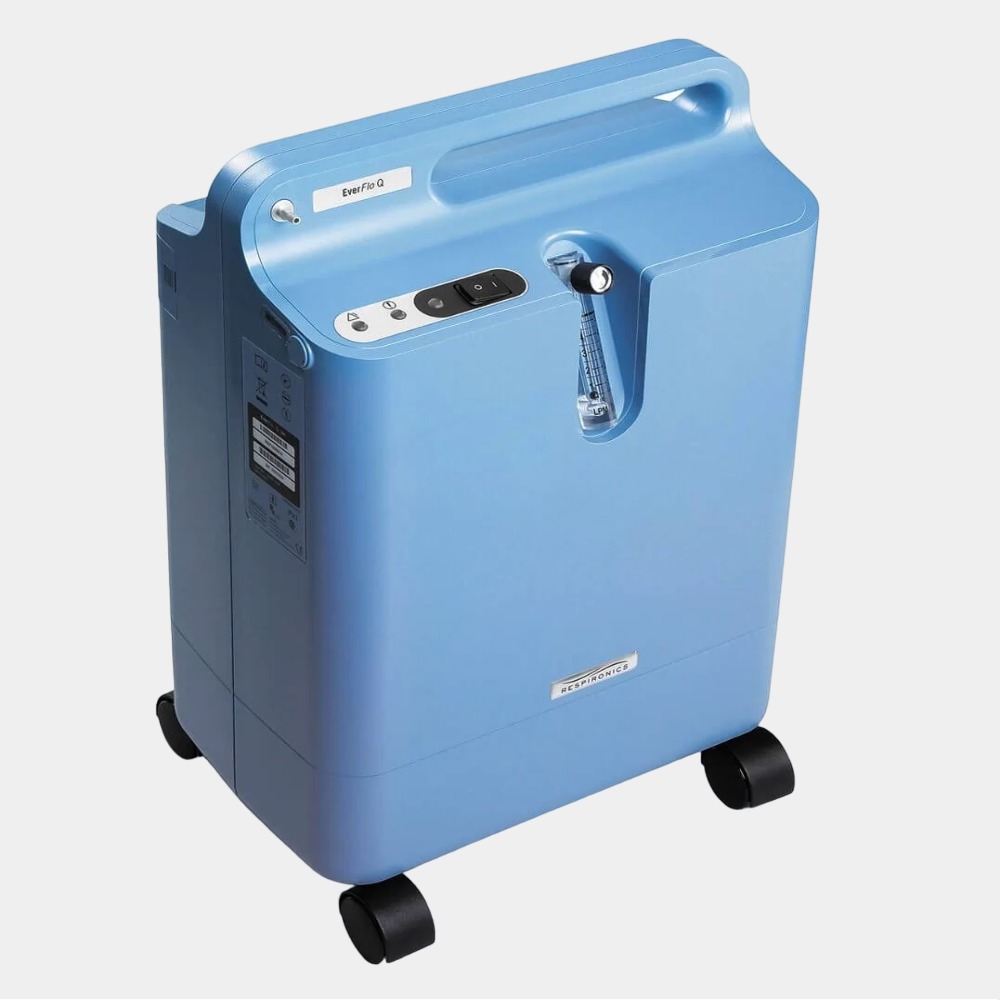For individuals with respiratory conditions, maintaining adequate oxygen levels is crucial for overall health and well-being. Home oxygen machines, also known as oxygen concentrators, provide a reliable and efficient way to receive supplemental oxygen therapy without the need for frequent hospital visits 家用氧氣機. This article explores how home oxygen machines work, their benefits, and key factors to consider when choosing one.
How Do Home Oxygen Machines Work?
Home oxygen machines are medical devices designed to extract oxygen from the surrounding air and deliver it to the user at a higher concentration. These machines use a process called pressure swing adsorption, where nitrogen is removed from the air, leaving behind nearly pure oxygen. The oxygen is then delivered to the user through a nasal cannula or a mask.
Most home oxygen concentrators run on electricity and are designed for continuous operation. Portable versions are available for individuals who need oxygen therapy on the go, typically running on rechargeable batteries.
Benefits of Using a Home Oxygen Machine
Using a home oxygen machine provides several health benefits, including:
- Improved Oxygen Levels: Ensures that individuals with chronic obstructive pulmonary disease (COPD), asthma, or other respiratory conditions receive the oxygen they need.
- Enhanced Quality of Life: Increased oxygen intake can improve energy levels, reduce shortness of breath, and enhance overall daily functioning.
- Reduced Hospital Visits: Regular use of a home oxygen machine can prevent complications that might otherwise require hospitalization.
- Better Sleep: Oxygen therapy during sleep can help individuals with sleep apnea or other nocturnal breathing disorders.
Choosing the Right Home Oxygen Machine
When selecting a home oxygen concentrator, consider the following factors:
1. Oxygen Output and Flow Rate
Different models offer varying flow rates, usually measured in liters per minute (LPM). Your healthcare provider will recommend the appropriate flow rate based on your medical condition.
2. Portability
While standard home oxygen concentrators are larger and require a power outlet, portable models provide more mobility and convenience.
3. Noise Level
Some oxygen machines can be noisy during operation. Look for models with lower decibel levels if noise is a concern.
4. Power Consumption
Since home oxygen concentrators run on electricity, it is essential to check their power consumption and ensure you have a backup power source in case of outages.
5. Maintenance Requirements
Regular maintenance, such as filter cleaning and tubing replacement, ensures the machine functions properly. Some models require more upkeep than others.
Safety Considerations
Using a home oxygen machine safely is essential to prevent accidents. Here are some key precautions:
- Avoid Open Flames: Keep the machine away from candles, gas stoves, and smoking areas, as oxygen is highly flammable.
- Ensure Proper Ventilation: Place the concentrator in a well-ventilated space to prevent overheating.
- Follow Manufacturer Guidelines: Regularly check and maintain the machine as recommended by the manufacturer.
- Use a Backup Oxygen Supply: In case of a power outage, have an alternative oxygen source, such as oxygen tanks, available if necessary.
Conclusion
Home oxygen machines offer a convenient and effective solution for individuals requiring long-term oxygen therapy. By choosing the right model and following safety guidelines, users can experience improved respiratory health and a better quality of life. If you or a loved one require oxygen therapy, consult with a healthcare provider to determine the best oxygen concentrator for your needs.
